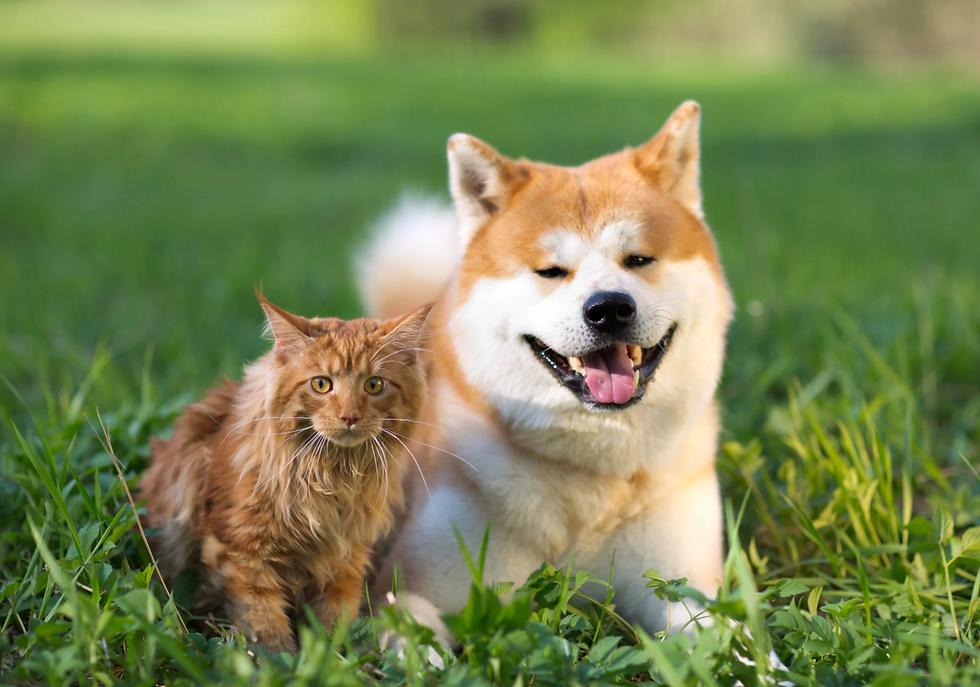The Science of Fillers in Animal Foods: What Are They and Why Do They Matter?
- folse8
- Jun 2
- 2 min read
When it comes to feeding our pets, most people focus on visible ingredients like proteins, vegetables, and added vitamins. But a closer look at many pet food labels reveals a hidden component often overlooked: fillers. These ingredients can make up a significant portion of the diet and may impact health in ways pet owners don't always recognize.
What Are Fillers?
In animal nutrition, fillers refer to ingredients that add bulk to pet food without contributing significant nutritional value. They are commonly used to reduce production costs, improve shelf life, and maintain texture or consistency.
Some common fillers include:

Corn and corn gluten meal
Wheat and wheat middlings
Soybean hulls or meal
Rice bran
Beet pulp
Brewers rice
Cellulose
While not all fillers are inherently harmful, their nutritional relevance varies, and they are often chosen for economics rather than biological value.
Why Are Fillers Used?
Fillers serve multiple functions in commercial animal foods:
Cost efficiency, as grains and byproducts are often cheaper than high-quality proteins or whole vegetables
Binding and texture, helping shape kibble or maintain consistency in wet foods
Caloric density, providing low-cost energy sources
Fiber content, though not all added fibers are beneficial or digestible
The Digestibility Question
One of the key concerns with fillers is bioavailability, meaning whether the animal can actually digest and use the nutrients. Many fillers are poorly digested by dogs and cats, especially those with short, meat-adapted digestive tracts.
Poorly digestible fillers can:
Contribute to bloating or irregular bowel movements
Disrupt gut flora balance
Result in large, frequent stools, which can signal low nutrient absorption
Impact on Long-Term Health
Over time, excessive reliance on low-quality fillers may contribute to:
Nutritional deficiencies
Low-grade inflammation
Skin or coat issues
Weight management difficulties
In some animals, especially those with sensitivities or underlying conditions, these impacts may be more noticeable.
Clean Formulation: A Different Approach
There is growing interest in minimally processed, filler-free formulations that prioritize nutrient density over volume. These often include:
Whole, identifiable food sources
Bioavailable minerals and phytonutrients
Ingredients chosen for biological relevance, not bulk
Pet owners who are becoming more label-literate often prefer foods and supplements with ingredient transparency and scientifically grounded formulation.
Final Thoughts
Understanding what fillers are and how they affect your pet’s nutrition is essential for making informed choices. While not all fillers are harmful, being aware of what is in your animal’s bowl can make a significant difference over time. By choosing products that emphasize purposeful ingredients over empty volume, you are not just feeding your pet, you are nourishing them. Authored By: Tyana Fenton




Comments